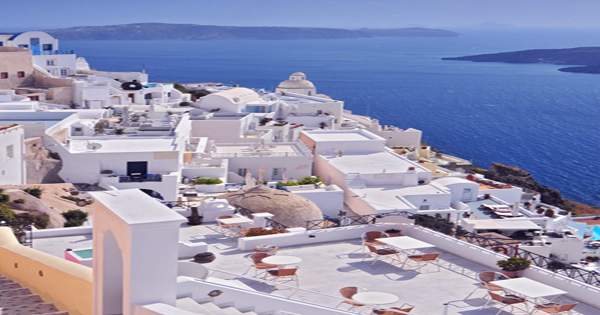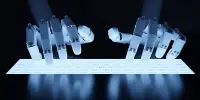Reporting in the Cell Reports Physical Science Journal, the team tested the paint within two days. When the sun was at its highest point in the sky, the surface covered in the new color was at least 1.7 degrees Celsius (3.06 degrees Fahrenheit) lower than the surrounding object. At night, it was 10 degrees Celsius (18 degrees Fahrenheit) lower than the ambient temperature.
When you wear a white T-shirt on a hot sunny day, you feel cooler than when you wear a darker color – because the white shirt reflects more sunlight and it’s the same idea for buildings, said Ashwath Raman, UCLA Samuel. Assistant Professor in the Department of Materials Science and Engineering at the School of Engineering and Chief Investigator of Research. White in the shade of the roof will be cooler than a shade of paint. But these colors do something else: they reject heat at infrared wavelengths, which we humans can’t see with our eyes.
This could make buildings cooler than radiative cooling. The ability to cool objects and buildings is certainly attractive and beneficial to many industries in our warming world. Not only to keep the ambient temperature of residential and commercial buildings cool, but it can also help in storing perishable products and even data centers in warehouses to store their products. Covered in this color will reduce the internal temperature of a building, will also reduce the required amount of air conditioning.
Our paint is compatible with the commercial paint production process and the cost can be comparable or less, Rouen added. The key is to ensure the reliability of the paint so that it is effective in long-term outdoor applications. The best performing white paints currently available typically reflect about 85% of incoming solar radiation. The rest is absorbed by the chemical makeup of the paint. Researchers have shown that general changes in the components of any paint can cause a significant jump, reflecting 98% of incoming radiation. It’s not just the ultra-white color in the work. Another ultra-white color development was announced earlier this summer that is currently being investigated for commercial use.
















